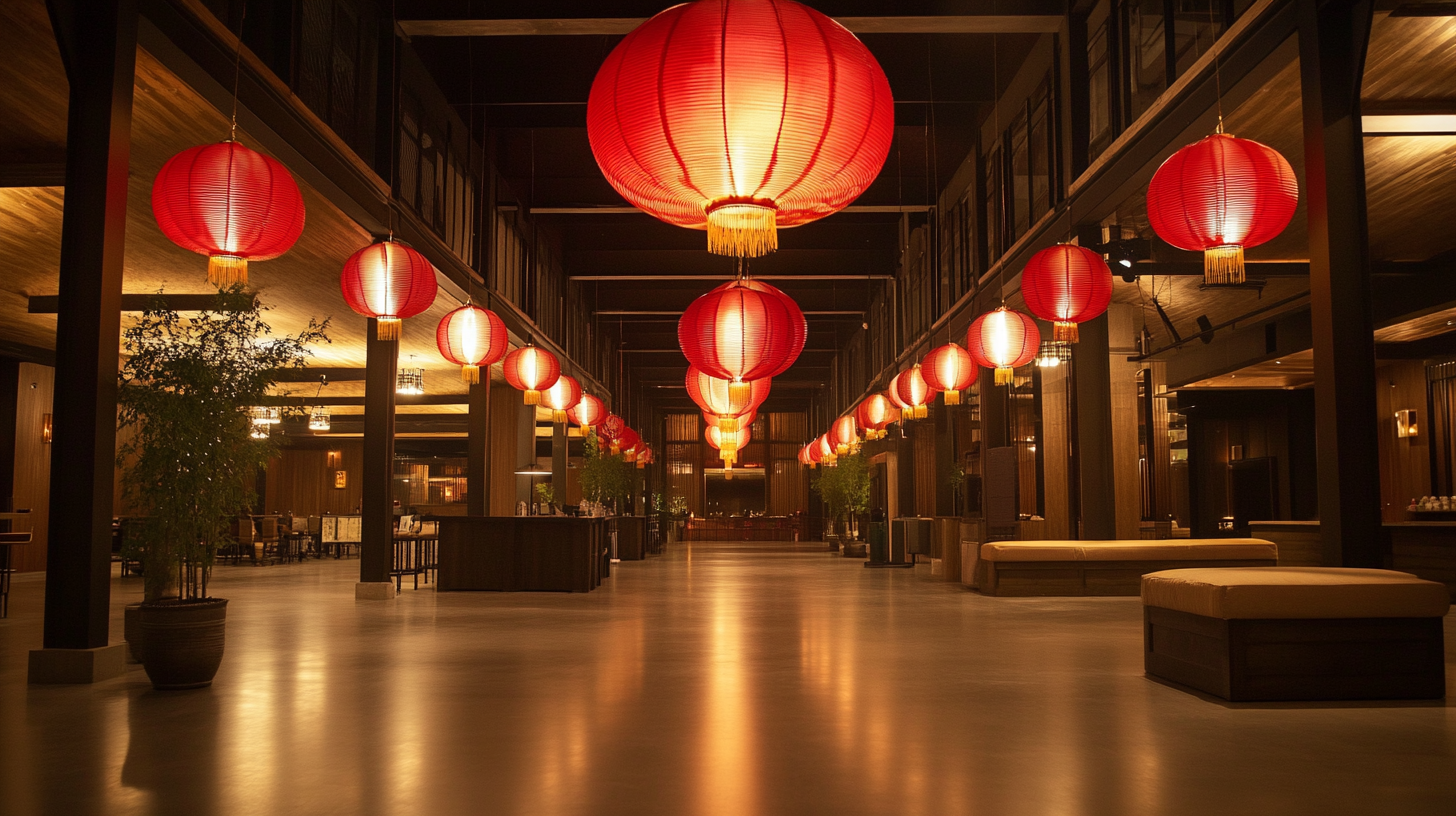
In the ever-evolving landscape of international trade, the commercial lighting supply sector is experiencing a significant transformation, especially amid the ongoing tariff challenges between the United States and China. As demands for high-quality, energy-efficient lighting grow, manufacturers in China are seizing the opportunity to expand their market share, despite the tariffs that have been imposed. This resilience highlights not only the necessity for savvy navigation of tariff implications but also the innovative strategies that Chinese suppliers are employing to cater to the rising demand from U.S. consumers. As we delve into the intricacies of the commercial lighting supply market, it becomes evident that adaptability and forward-thinking are crucial for suppliers aiming to thrive in this competitive environment. By examining the current trends and challenges, we can gain valuable insights into the future of commercial lighting and its impacts on global trade dynamics.

Navigating the complexities of commercial lighting supply chains from China has become increasingly challenging due to the imposition of tariffs. According to a report by MarketWatch, the global commercial lighting market is projected to grow from $122 billion in 2023 to approximately $160 billion by 2028. This rising demand complicates the supply chain conversations, particularly as companies face fluctuating costs associated with tariffs. For instance, the U.S. tariffs on Chinese goods, including lighting fixtures, have risen to as high as 25%, affecting overall profit margins and pricing strategies.
To mitigate the impact of tariffs on their supply chains, businesses must rethink their sourcing strategies. One insightful tip is to diversify your supplier base—considering manufacturers in other countries can reduce dependency on Chinese suppliers and lower risk associated with tariff costs. Additionally, maintaining open lines of communication with logistics partners may help improve delivery timelines and manage costs proactively. Investing in data analytics can also provide deeper insights into market trends and tariff impacts, allowing for more informed decision-making.
Staying informed about tariff changes and engaging in strategic planning can significantly enhance resilience in commercial lighting supply chains. It is crucial to monitor the situation closely and adjust procurement strategies accordingly to maintain competitiveness in a rapidly evolving market landscape.

In the face of escalating tariff challenges, Chinese manufacturers are demonstrating remarkable adaptability, particularly within the commercial lighting supply sector. As global demand for innovative lighting solutions surges, these manufacturers are pivoting their strategies to mitigate the impact of tariffs. By enhancing their localization efforts, they are not only lowering costs but also addressing the specific needs and preferences of diverse markets. This strategic shift mirrors trends seen in various sectors, where companies are recalibrating their operations to maintain competitiveness.
Moreover, the success of Chinese automakers in Europe illustrates a broader trend of manufacturers finding ways to circumvent tariff barriers. By establishing local production hubs and focusing on advanced technologies, such as plug-in hybrids, these companies are navigating complex trade landscapes while capitalizing on growing consumer demand. This proactive approach highlights a crucial lesson for all industries: the ability to adapt and innovate in response to regulatory challenges is fundamental for sustaining growth in today's dynamic global marketplace.
This chart illustrates the rising demand for commercial lighting supplies from China over the five-year period from 2019 to 2023, highlighting adaptations by manufacturers in response to tariff challenges.
As the global demand for high-quality commercial lighting solutions continues to rise, the market is witnessing substantial growth. According to recent reports, the global commercial lighting supply market, particularly in the LED segment, is projected to recover by 2025, with a market value anticipated to reach approximately $56.63 billion. This reflects a resurgence driven by technological advancements and consumer preference for energy-efficient solutions.
The growing adoption of Quantum Dot LED (QLED) technology, valued at $6.98 billion in 2023, shows a staggering compound annual growth rate (CAGR) exceeding 29.7% from 2024 to 2032. This rapid expansion can largely be attributed to QLED's superior color accuracy, brightness, and energy efficiency, making it a preferred choice for commercial applications.
**Tips:** When choosing commercial lighting supplies, focus on brands that invest in QLED technology for enhanced performance. Additionally, consider the long-term savings that come from energy-efficient options, which ultimately contribute to reduced operational costs. Keep an eye on industry trends and forecasts to ensure your investments align with market dynamics, paving the way for optimal lighting solutions in your business.

As businesses seek the best commercial lighting supplies from China, navigating the complexities of tariff challenges becomes essential. With rising demand in the market, companies must employ innovative strategies to remain competitive while managing increased costs. One effective approach is diversifying the supplier base. By partnering with multiple manufacturers, businesses can mitigate risks associated with tariffs and ensure a steady supply of quality lighting products.
Another strategy involves leveraging technology to enhance procurement processes. Companies can utilize data analytics to identify the most cost-effective suppliers and monitor market trends in real-time. This not only aids in making informed sourcing decisions but also helps in negotiating better prices with suppliers. Additionally, fostering strong relationships with suppliers can lead to collaborative efforts that may reduce costs and improve product quality, ultimately benefiting the end customer. Embracing these innovative strategies can help businesses thrive despite tariff obstacles, ensuring that they continue to meet the growing demand for superior lighting solutions.
As the commercial lighting supply sector evolves, trade relations significantly influence market dynamics. The demand for high-quality lighting solutions sourced from China is on the rise, driven by the increasing need for energy-efficient and innovative products. According to recent industry reports, the global office supplies market is anticipated to expand from $183.07 billion in 2025 to $198.98 billion by 2032, reflecting a compound annual growth rate (CAGR) of 1.64%. This growth is fueled by a shift towards modernization in workplaces and the integration of smart lighting technologies.
In light of the challenges posed by tariffs and trade policies, stakeholders must navigate these complexities to maximize opportunities within the commercial lighting sector. The forecast indicates a stronger emphasis on sustainability and cost-effective solutions in supply chains, prompting businesses to adopt more resilient sourcing strategies. As the demand for commercial lighting continues to surge, maintaining robust trade relations will be crucial for companies aiming to succeed in this competitive landscape.
Let us help you get started with our superior LED lighting products.
Get all the latest news from BrightLED.
Copyright © Bright LED. All rights reserved.
STAY CONNECTED

